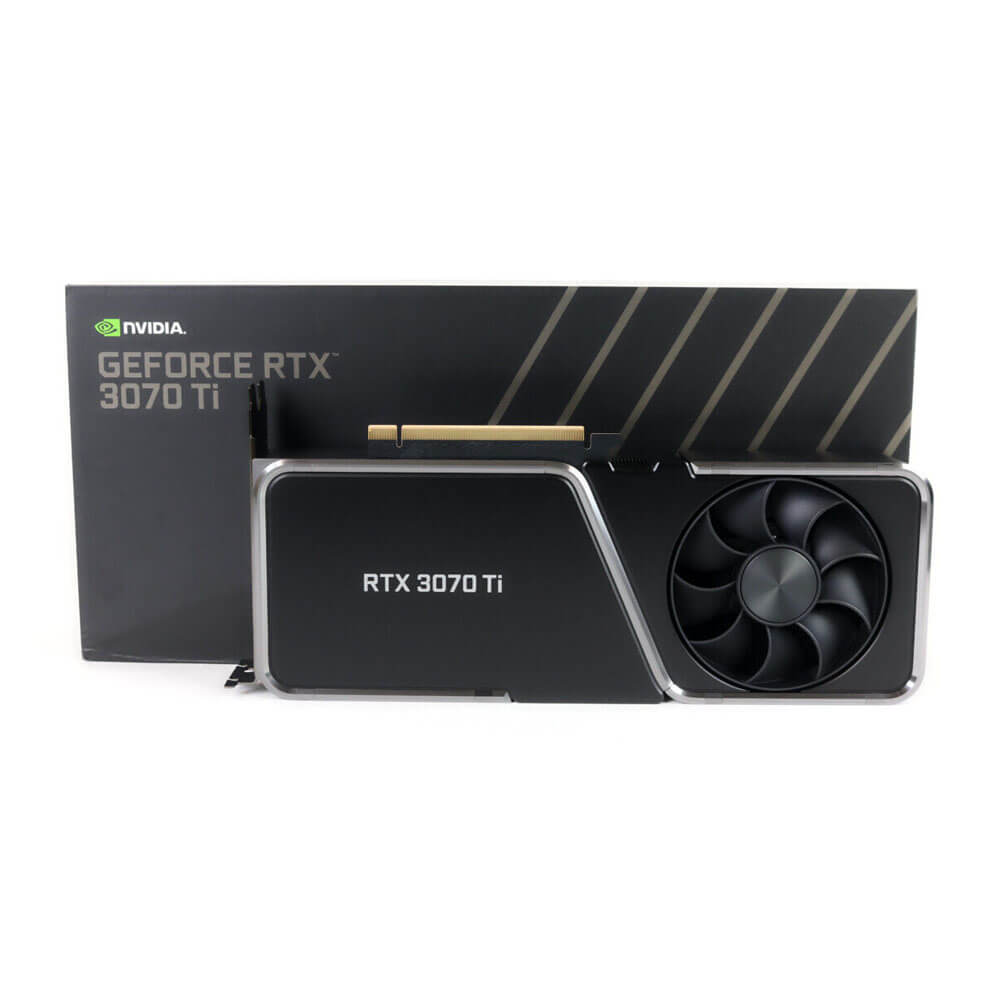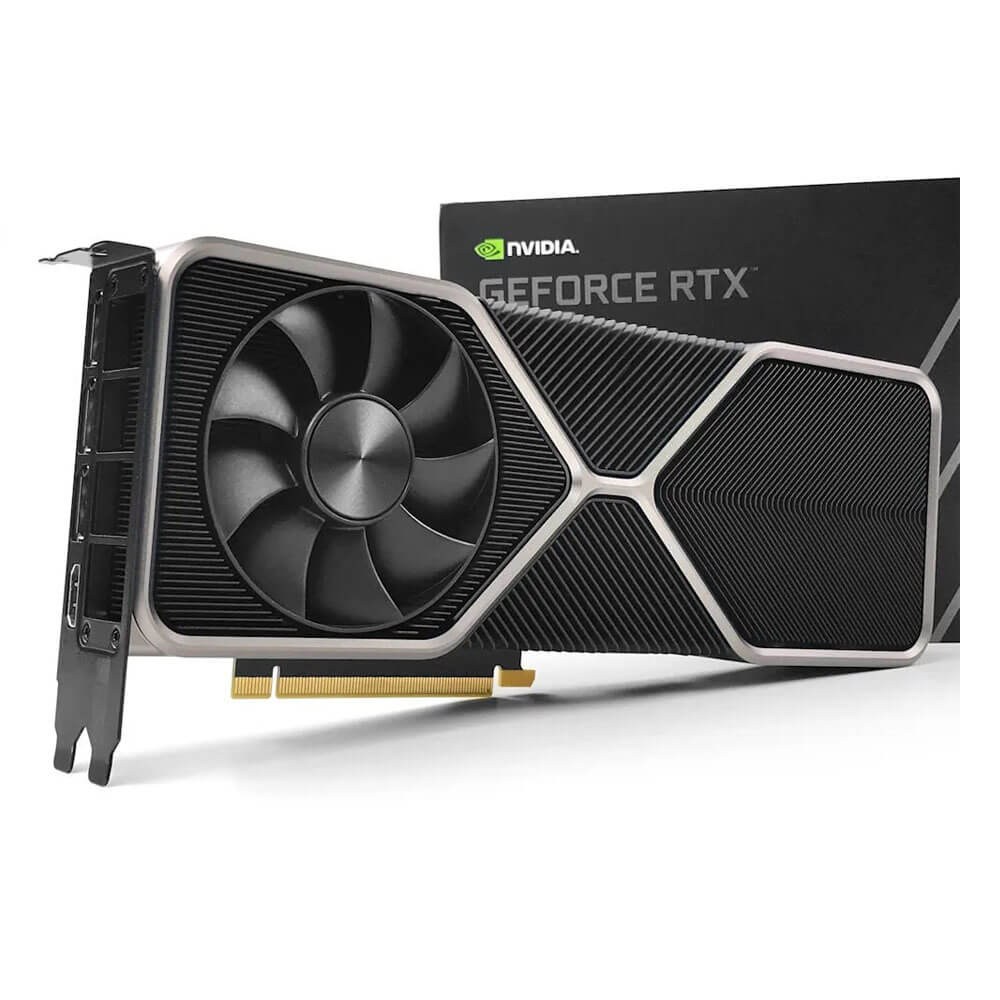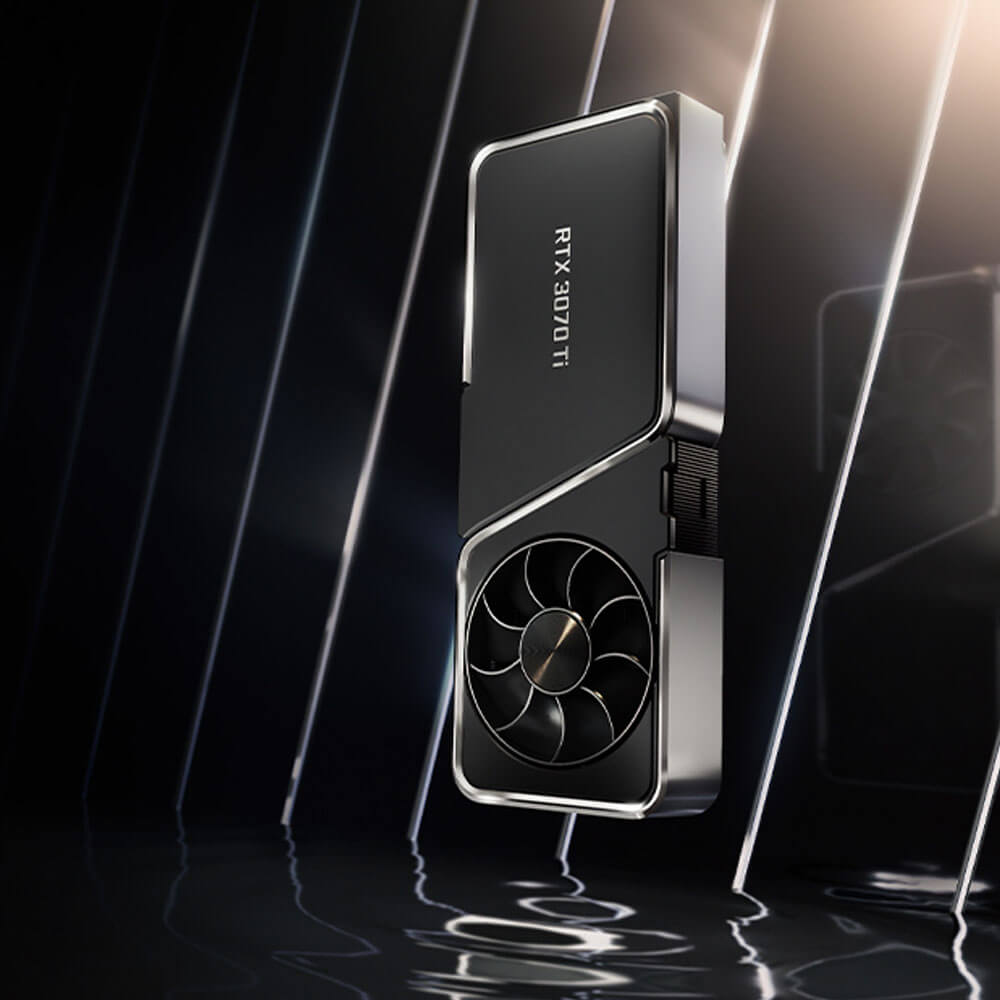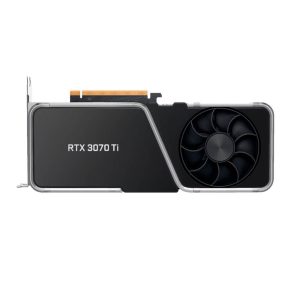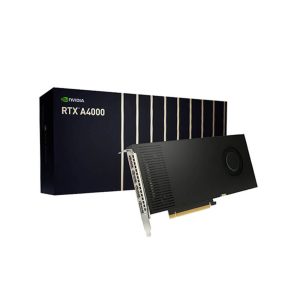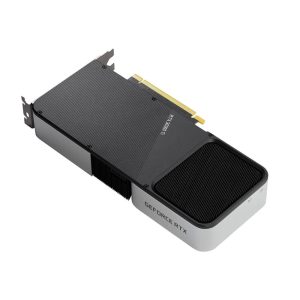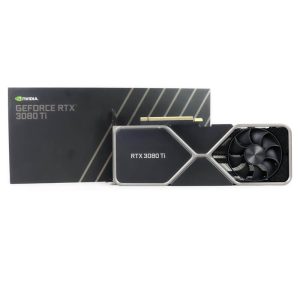NVIDIA GeForce RTX 3070 Ti Graphics Card 8 GB
The NVIDIA GeForce RTX 3070 Ti Graphics Card with 8GB GDDR6X memory delivers exceptional performance for gaming and creative workflows. Powered by the NVIDIA Ampere architecture, it features advanced RT and Tensor Cores for real-time ray tracing and AI acceleration. Ideal for 1440p and 4K gaming, the RTX 3070 Ti ensures smooth performance, stunning visuals, and energy efficiency.
Min. Quantity – 5 Nos
Note: Below are the approximate and promotional prices. For the latest pricing and further details, please WhatsApp or call us at +91-8903657999.
₹62,500 ₹96,000
The GeForce RTX 3070 TiM is a graphics card by NVIDIA, launched in November 2022. Built on the 8 nm process, and based on the GA104 graphics processor, the card supports DirectX 12 Ultimate. This ensures that all modern games will run on GeForce RTX 3070 TiM. Additionally, the DirectX 12 Ultimate capability guarantees support for hardware-raytracing, variable-rate shading and more, in upcoming video games. The GA104 graphics processor is a large chip with a die area of 392 mm² and 17,400 million transistors. Unlike the fully unlocked GeForce RTX 3070 Ti, which uses the same GPU but has all 6144 shaders enabled, NVIDIA has disabled some shading units on the GeForce RTX 3070 TiM to reach the product’s target shader count. It features 5888 shading units, 184 texture mapping units, and 96 ROPs. Also included are 184 tensor cores which help improve the speed of machine learning applications. The card also has 46 raytracing acceleration cores. NVIDIA has paired 8 GB GDDR6 memory with the GeForce RTX 3070 TiM, which are connected using a 256-bit memory interface. The GPU is operating at a frequency of 915 MHz, which can be boosted up to 1410 MHz, memory is running at 1750 MHz (14 Gbps effective).
Being a triple-slot card, the NVIDIA GeForce RTX 3070 TiM draws power from 1x 8-pin power connector, with power draw rated at 220 W maximum. Display outputs include: 1x HDMI 2.1, 3x DisplayPort 1.4a. GeForce RTX 3070 TiM is connected to the rest of the system using a PCI-Express 4.0 x16 interface. The card’s dimensions are 270 mm x 140 mm x 55 mm, and it features a triple-slot cooling solution.
Key Features:
- Ampere Architecture
- Enhanced CUDA Cores
- Equipped with 6,144 CUDA cores, the RTX 3070 Ti surpasses the standard 3070 in raw compute potential, benefitting modern AAA games, GPU-based rendering, and parallel computing tasks.
- Second-Generation RT Cores
- Up to 2× the throughput over first-generation RTX GPUs, enabling advanced ray-traced lighting, shadows, and reflections in real time with less of a performance penalty.
- Third-Generation Tensor Cores
- Powers AI and deep learning features like DLSS, accelerating super-resolution and frame boosting at high resolutions while maintaining crisp visuals. They also speed up certain AI-based processes in content creation software.
- 8GB of GDDR6X Memory
- Ultra-Fast VRAM
- 8GB of GDDR6X provides a generous bandwidth, essential for high-resolution textures in 1440p or 4K gaming, complex 3D scenes in rendering, and GPU-accelerated editing.
- 256-bit Interface
- Delivers substantial memory throughput, helping maintain stable frame rates and avoiding performance dips in memory-intensive workloads.
- Real-Time Ray Tracing & DLSS
- Ray-Traced Effects
- With advanced RT Cores, the GPU supports real-time path tracing, giving gamers near-cinematic visuals and designers physically accurate lighting and shadows.
- DLSS (Deep Learning Super Sampling)
- Harnesses Tensor Cores to upscale from lower internal resolutions, offering higher FPS at 1440p and 4K with minimal loss of detail—especially beneficial in ray-traced scenarios.
- Optimized Cooling & Power Usage
- Robust Partner Designs
- AIB (Add-in-Board) manufacturers usually implement multi-fan coolers, large heatsinks, or hybrid liquid systems to control thermals under heavy load.
- TDP (~290–310W)
- The GPU draws moderate-to-high power, requiring a reliable PSU (around 700–750W recommended) and adequate case airflow for stable performance.
- Connectivity & Display Features
- HDMI 2.1 & DisplayPort 1.4a
- Supports 4K at 120Hz or up to 8K at lower refresh rates on compatible monitors/TVs, ensuring cutting-edge visual fidelity.
- NVIDIA G-SYNC
- Eliminates tearing and stuttering, syncing GPU output with monitor refresh rates for smooth and responsive gameplay at high FPS.
- NVIDIA Studio for Creators
- Accelerated Content Creation
- In content creation software, the RTX 3070 Ti speeds up 3D rendering, multi-4K video editing, and GPU-based effects.
- AI-Based Tools
- Tensor Cores boost features like auto color correction, upscaling, and denoising, cutting down production times in workflows such as photo/video editing or design.
Applications:
- Gaming
- 1440p High Refresh & 4K Potential
- Ideal for AAA titles at max or near-max settings at 1440p with room for ray tracing. It can also handle 4K gaming at respectable frame rates, especially when aided by DLSS.
- Esports & Competitive Play
- Provides high FPS at 1080p/1440p for minimal input lag and top-tier performance in fast-paced titles, enhanced further by Reflex and G-SYNC.
- 1440p High Refresh & 4K Potential
- Content Creation & 3D Rendering
- 3D Scenes & Animation
- Ampere architecture’s CUDA cores and GDDR6X memory accelerate modeling and final renders in software like Blender, Maya, or 3ds Max.
- Video Editing & Post-Production
- Handles multi-stream 4K editing, color grading, and effects in Adobe Premiere Pro or DaVinci Resolve, boosting productivity.
- 3D Scenes & Animation
- AI & Data Processing
- DL/ML Prototyping
- Tensor cores allow developers or enthusiasts to train and run modest AI models, exploring deep learning frameworks without a dedicated data center GPU.
- GPU-Accelerated Analytics
- Tools (e.g., RAPIDS) can exploit CUDA for real-time data transformations or analytics at moderate dataset scales.
- DL/ML Prototyping
- Virtual Reality & Simulation
- High-Fidelity VR
- Sufficient GPU power for VR gaming or professional simulation/training software at smooth frame rates.
- Simulation & CAD
- GPU-accelerated physics or design apps benefit from real-time rendering, improved iteration times, and large memory capacity.
- High-Fidelity VR
Why Choose the NVIDIA GeForce RTX 3070 Ti 8 GB?
- Elevated Performance Over RTX 3070
- Delivers higher core counts and memory speed than the standard 3070, resulting in stronger frame rates and faster GPU-based compute for only a modest additional cost.
- Advanced Ray Tracing & DLSS
- Boasts second-gen RT Cores and third-gen Tensor Cores, bridging top-tier real-time ray tracing with AI-driven frame boosting for a balanced gaming/creative experience.
- Ideal for 1440p & Some 4K Gaming
- Hits high to ultra settings in 1440p with comfortable FPS, and can handle 4K with DLSS for smooth gameplay or demanding creative workloads without major VRAM constraints.
- Value for Creators & Professionals
- Accelerates 3D rendering, video editing, and moderate AI tasks at a lower cost or TDP than flagship GPUs, appealing to semi-professionals or advanced hobbyists.
- Future-Proof Ampere Features
- Supports PCIe 4.0, HDMI 2.1, and advanced real-time ray tracing to keep pace with upcoming game engines, AAA titles, and professional software expansions.
| Product Name | NVIDIA GeForce RTX 3070 Ti |
| Manufacturer | NVIDIA |
| Memory | 8GB GDDR6 |
| Memory Bus | 256 bit |
| Bandwidth | 448.0 GB/s |
| Base Clock | 915 MHz |
| Boost Clock | 1410 MHz |
| TDP | 220W |
| PSU | 550 W |
| Outputs | 1x HDMI 2.1,3x DisplayPort 1.4a |
| Power Connectors | 1x 8-pin |
| Maximum Digital Resolution | 7680 x 4320 (8K) |
| Bus Interface | PCIe 4.0 x16 |

